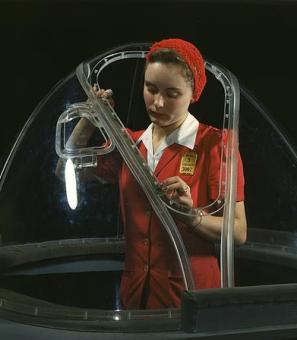Lost History: Hungerford's Tavern
Apparently it was the place to be. Back in the day, Hungerford’s Tavern in Rockville, Maryland hosted and housed a number of big shots including George Washington, Benjamin Franklin, Thomas Jefferson, Patrick Henry – the list goes on and on.
Constructed around 1750, it was one of America’s first real taverns and was named after Charles Hungerford, one of the early owners. The tavern was the center of early Rockville and was the town’s popular hang out spot; the place you went for news, entertainment, business… and to fan the flames of Revolution.
On June 11, 1774, Hungerford’s hosted a gathering of Maryland patriots who met to protest Britain’s new taxes and proclaim their support for the city of Boston, which had seen its harbor blocked after the Boston Tea Party the previous December. From their discussion came five declarative statements known as the Hungerford Resolves, which were printed in the Maryland Gazette. Included in the resolves were two fairly significant motions.
Resolved, unanimously, That it is the opinion of this meeting that most effectual means for the securing of American Freedom will be to break off all Commerce with Great Britain and the West Indies until the said act be repealed and the right of taxation given upon permanent principles.
Resolved, unanimously, That Mr. Henry Griffith, Dr. Thomas Sprigg Wootton, Nathan Magruder, Even Thomas, Richard Brooke, Richard Thomas, Zadok Magruder, Dr. William Baker, Thomas Cramphin Jr., and Allen Bowie be a committee to attend the general committee at Annapolis, and that any six of them shall have the power to receive and communicate intelligence to and from their neighboring committees.[1]
Though it’s sometimes easy to forget now, there was some risk associated with speaking out against the crown, let alone having your name printed in the paper doing so, at the time. It was still two years before the Declaration of Independence and there were still plenty of loyalists in Maryland (like a lot of places). Just ask George Washington…
As the legend goes, our first President had a close brush with death at the tavern during the Revolutionary War. Apparently he spent a night at the tavern and the tavern keeper, who was a staunch Tory, plotted with others to kill Washington in his sleep. Early in the morning, the would-be assassins made their way upstairs toward Washington’s room. But, luckily for him (and the future of America), Washington woke and left early, running into the men on the stairs as they headed up to his room. Talk about a close call![2] It’s very possible – even probable – that this tale was embellished over the years, but it sure makes for a fascinating scene, doesn’t it?
Not all of the incidents at the tavern were near death experiences. Some were more bureaucratic. In 1776, the decision was made to split up ginormous Frederick County and create two new counties – Washington and Montgomery. (This sort of thing wasn’t all that uncommon during the era, as we found in our post about Virginia’s Many Counties.) Now located in the new Montgomery County, Hungerford’s Tavern became the new county courthouse, jail and polling place until a real courthouse was opened in 1779.[3]
Another rather important chat took place between Ben Franklin and General Braddock just before the battle at Fort Duquesne. It’s not clear whether Braddock asked for the advice or if Franklin just felt compelled to give it; anyhow, they discussed the best way to advance the troops in the upcoming fight. Braddock supposedly reassured Franklin that there was no way his troops could be overtaken by “mere savages and Frenchmen.”[4] And then he lost the battle…
So, where exactly was the tavern? That’s a very good question.
There’s a historical marker at the corner of S. Jefferson and Washington Streets (in an alley between a BB&T Bank and Pantazes Bail Bonds). That’s where most people – including the state of Maryland, apparently – think that the tavern sat. And, archaeologists discovered fragments of pottery, pipes, and wine bottles on the site in the 1970s and ‘80s. However, results of the study are inconclusive. So, we may never know for sure.
In any case, just be glad it wasn’t the final resting place of George Washington![5]
Footnotes
- ^ McGuckian, Eileen S. Rockville: Portrait of a City. Franklin: Hillsboro Press, 2001, p. 14.
- ^ "Want Historic Inn: D.A.R. to Acquire Colonial Hungerford Tavern." The Washington Post, pg. 11, Mar 16, 1911.
- ^ Kelly, John. "Answer Man Dispenses A Dram of Md. History." The Washington Post, sec. Metro, Sept 17, 2006. http://www.washingtonpost.com/wp-dyn/content/article/2006/09/16/AR20060… (accessed July 10, 2013).
- ^ "Want Historic Inn: D.A.R. to Acquire Colonial Hungerford Tavern." The Washington Post, pg. 11, Mar 16, 1911.
- ^ McGuckian, Eileen S. Rockville: Portrait of a City. Franklin: Hillsboro Press, 2001, p. 19.



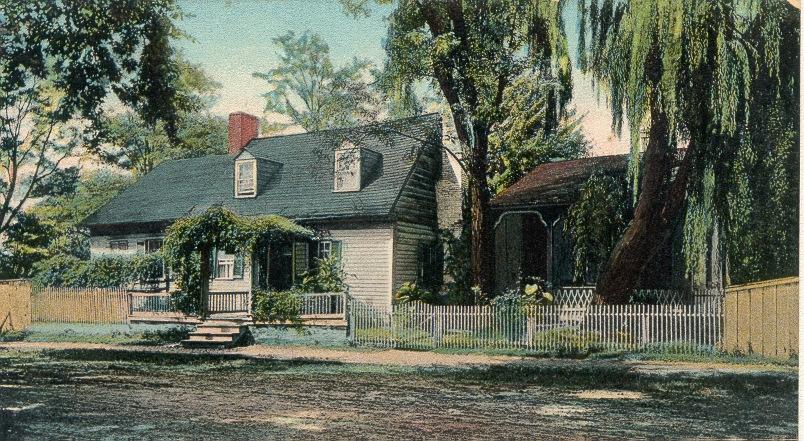
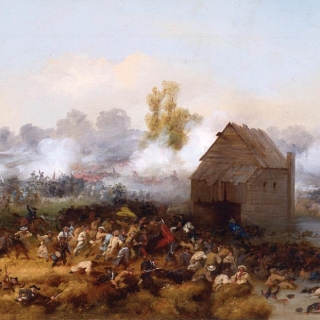
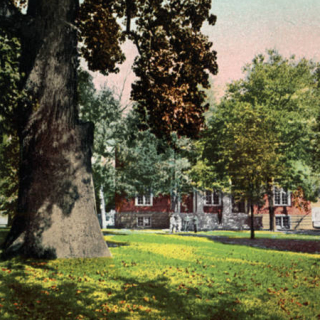
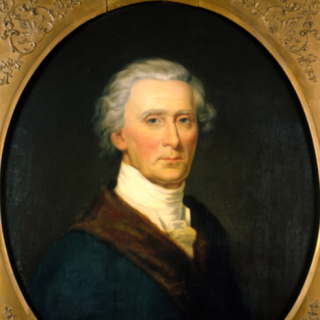
![Sketch of the mythical fuan by Pearson Scott Foresman. [Source: Wikipedia]](/sites/default/files/styles/crop_320x320/public/2023-10/Goatman_Wikipedia_Faun_2_%28PSF%29.png?h=64a074ff&itok=C9Qh-PE1)











